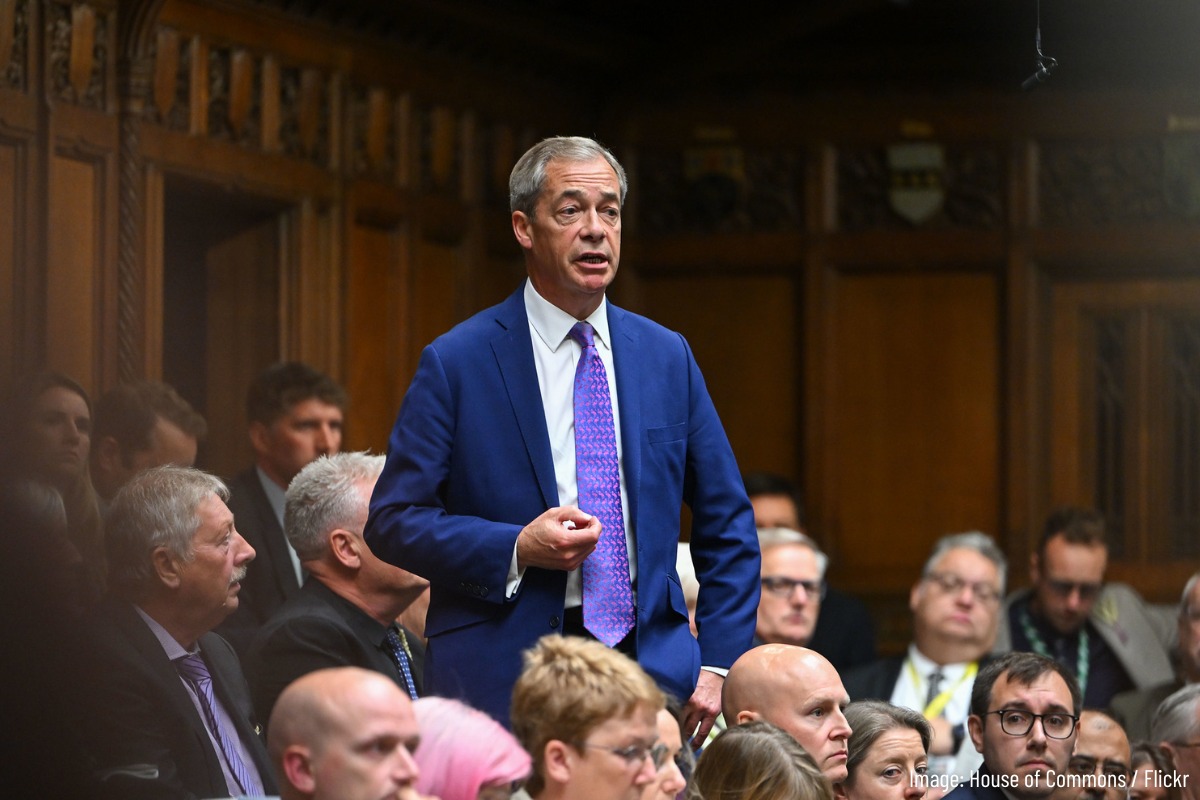All eyes are on 28 March. This will see the next mass strike by
public sector workers in defence of their pensions. Over a million
workers are likely to participate, including fire fighters, who did not
participate in theaction on 30th November.
All eyes are on 28 March. This will see the next mass strike by public sector workers in defence of their pensions. Over a million workers are likely to participate, including fire fighters, who did not participate in theaction on 30th November.
While the action may not be as widespread as that of last November where 2.5 million workers joined the strike, it still represents a massive movement against the government’s attacks on the working class.
The 28th of March is likely to be most significant in education and in the civil service but many workers not directly involved will respect picket lines, despite the ambivalence of their union leaderships.
In regard to pensions, a number of unions in local government and the Health Service, most notably UNISON and the GMB, have accepted the government’s framework (the “heads of agreement”) and are simply negotiating over how best to share out the cuts. They were desperate to end the industrial action after only one strike and get back to talks, despite the rotten deal on offer.
Deal
The UNISON leadership is raising the bogeyman that the Government will impose a deal, therefore we need to give in and accept the best we can. But any attempt to impose such a deal, given the scale of opposition to the pension changes and the Health Bill, would only escalate the situation and lead to a confrontation with the whole of the NHS workforce.
In Local Government, UNISON and the GMB have all accepted the governemt’s framework deal. Unlike other schemes, the Local Government pension fund has a nearly £4 billion surplus and the union leaders are hoping to use this as a lever for a better agreement. But they are making a mistake.
With the economic backdrop internationally and the rumbling crisis in Europe there is no guarantee that they will do any better than any other section of the public sector. Instead, the position of the UNISON leadership threatens to undermine the united struggle across the whole of the public sector.
In UNISON, there has been significant opposition to the “heads of agreement” and the UNISON United Left has been pushing for a recall conference of the Local Government Service Group before any deal is done. This has been supported by a significant number of branches, in the teeth of serious opposition from the union leaders.
The mistake the union leaders are making is to believe that it is better to retreat and accept this round of cuts, rather than step up the action. But as Greece and other countries has proved, the government will come back for more and more cuts.
It is the capitalist crisis that drives them to attack the conditions of the workers. Furthermore, weakness invites aggression and the weak stand of a number of union leaders will encourage the government to keep attacking.
Misery
The issue of pensions is, however, only one side of the issue. Local authorities are heaping “misery upon misery” on their workers, as 1.6 million council workers have been told that their pay will be frozen for an unprecedented third year in a row. UNISON said pay had already been cut by 13% in real terms in the past three years and more will be forced into the poverty trap.
To add insult to injury, the £250 promised to the low paid by the chancellor was never paid. Scandalously, Ed Balls and the Labour leadership have agreed with the wage freeze.
Increasingly, workers are being put on short-term contracts, making it easier for employers to sack them. Nevertheless, the Tory-led Coalition has raised the idea of cutting back further on job security and workplace rights in order to make British industry “more competitive.”
Added to this is the increased stress being imposed on workers due to the slowdown of the economy. In a recent survey of 350 HR managers, two-thirds of companies said they had cut their workforce, which forced remaining workers to work harder as real incomes were being squeezed. “Unfortunately, uncertainty about the business environment has increased and we are seeing leaner workforces, longer hours and even higher levels of stress, absence and workforce discontent.” (FT, 23/2/12)
Leadership
Under these circumstances, what is need is a fighting leadership in the trade unions. The victory of the construction workers shows the way forward.
Only a militant campaign of industrial action and civil disobidence has any chance of success. We must not allow the movement to be divided, as this only plays into the hands of the employers and the government.
It is the crisis of capitalism which is the root cause of the problems facing the working class.
This crisis is deepening. The trade union leaders must organise a united campaign to draw all the issues together and struggle to bring down this coalition government, as the Heath government was brought down in 1974.
However, what is needed is not the return to power of a Labour government wanting “responsible” capitalism, which will be a disaster, but a Labour government committed to a socialist programme.
- No wage cuts!
- No redundancies!
- Introduce a 35 hour week!
- Nationalise the banks!
- Nationalise the monopolies that dominate the economy under workers’ control and management.
- Organise a socialist plan of production that will end unemployment and raise living standards.
Socialist change is the only alternative to the misery of capitalist crisis.






